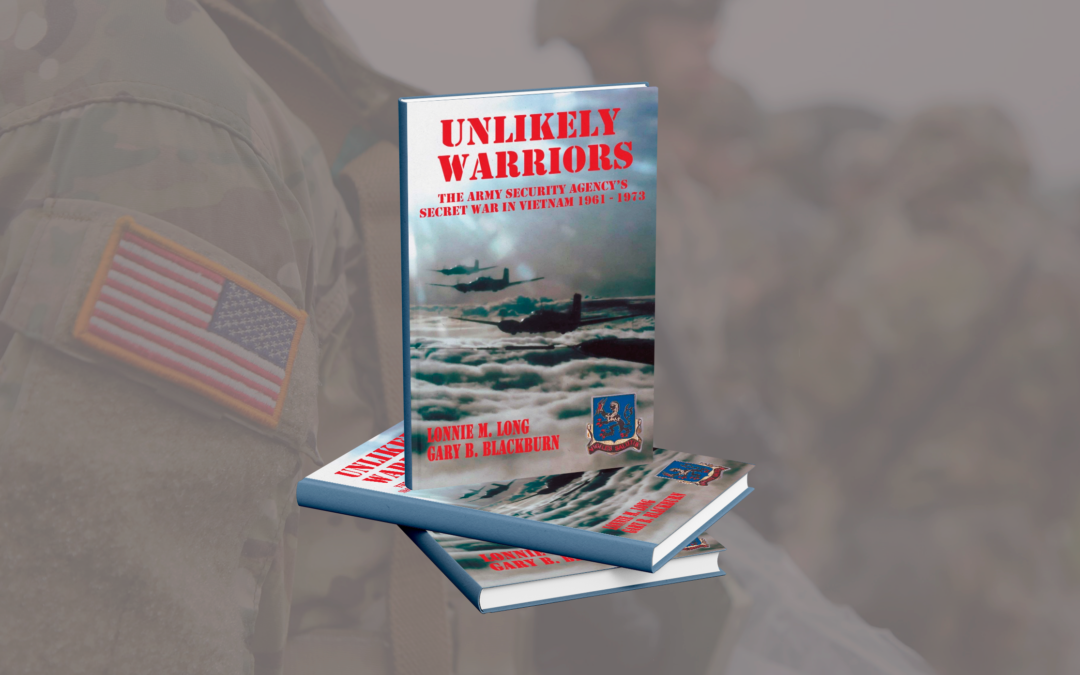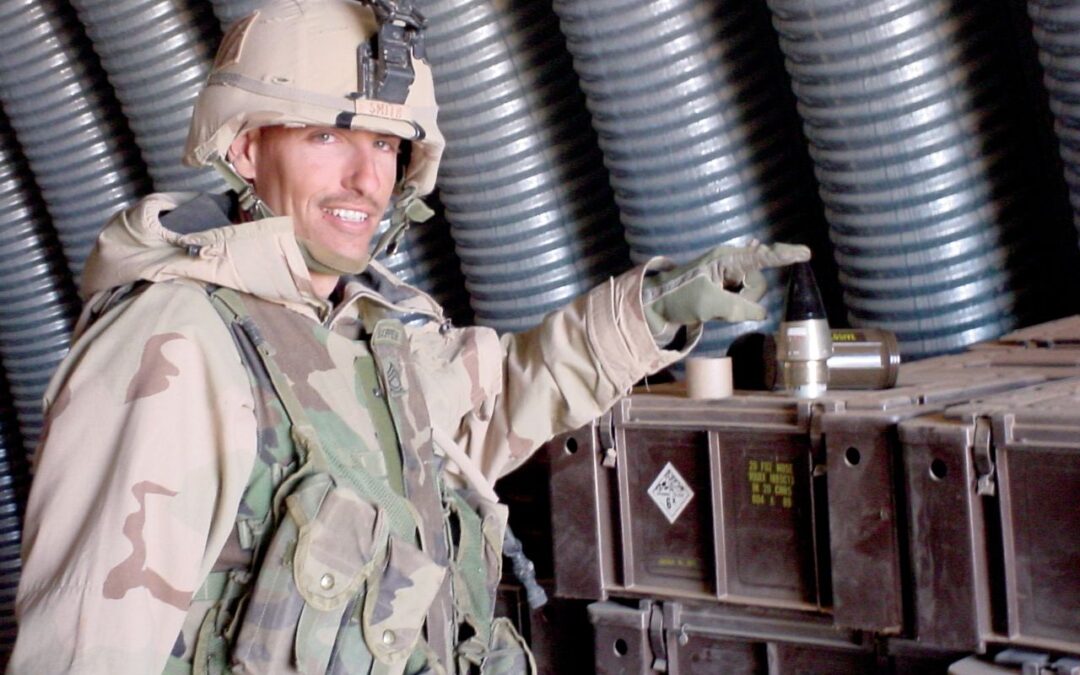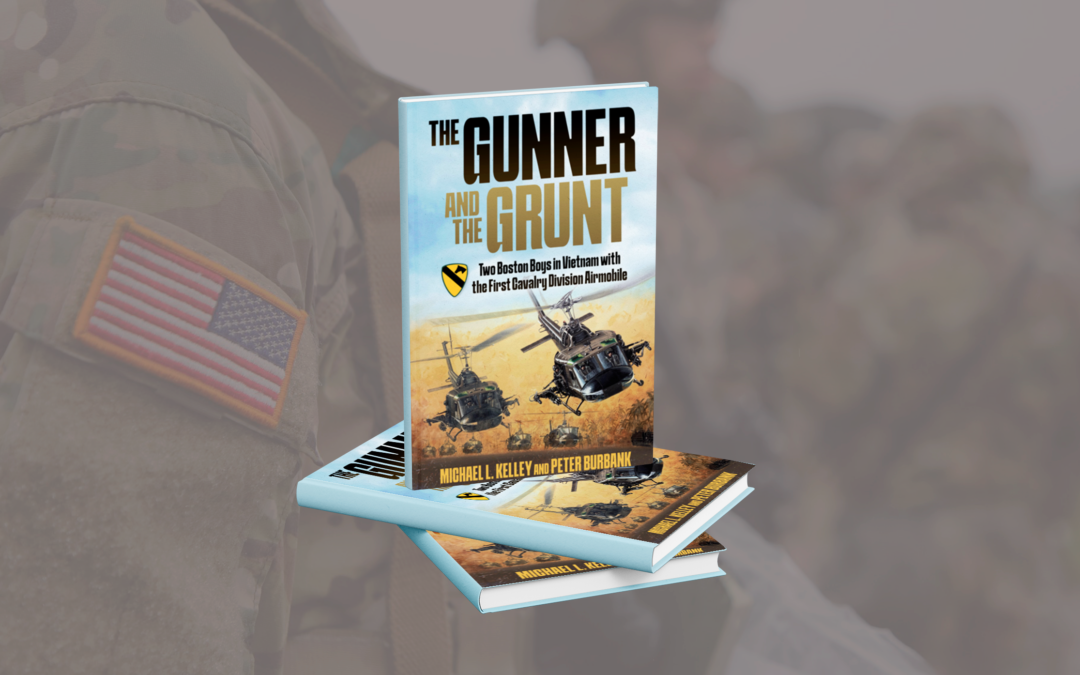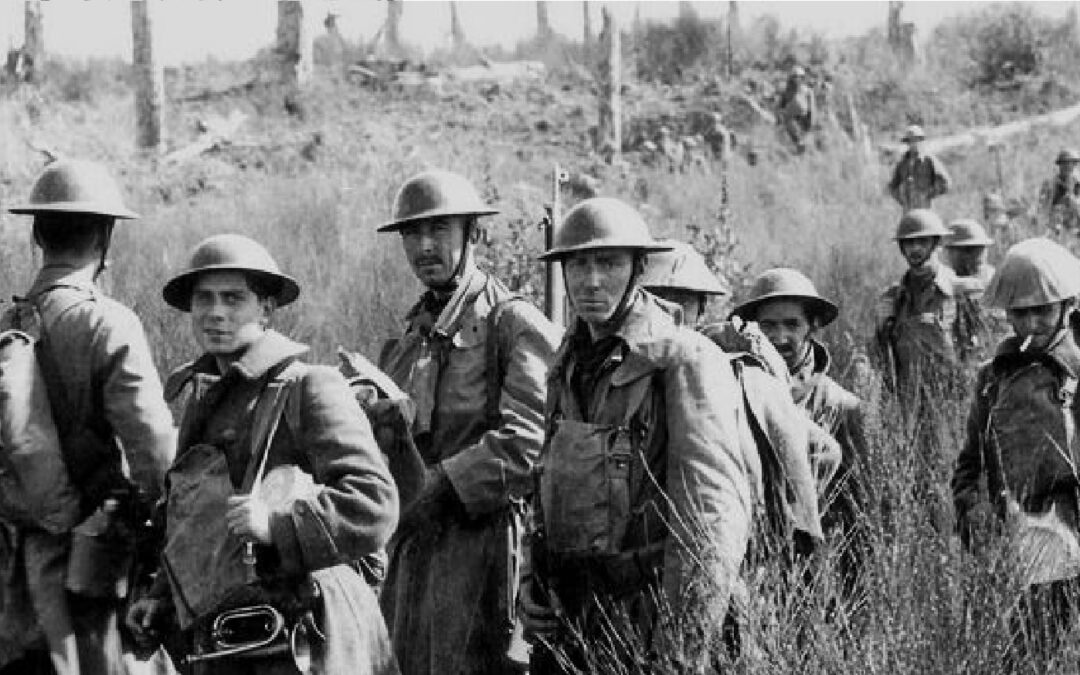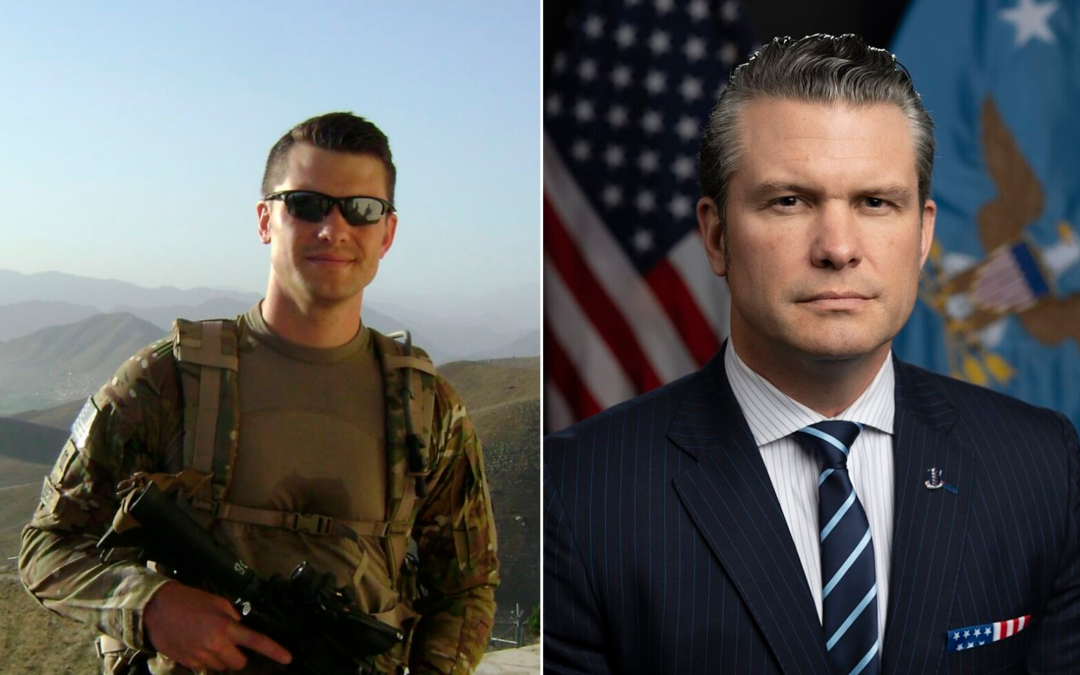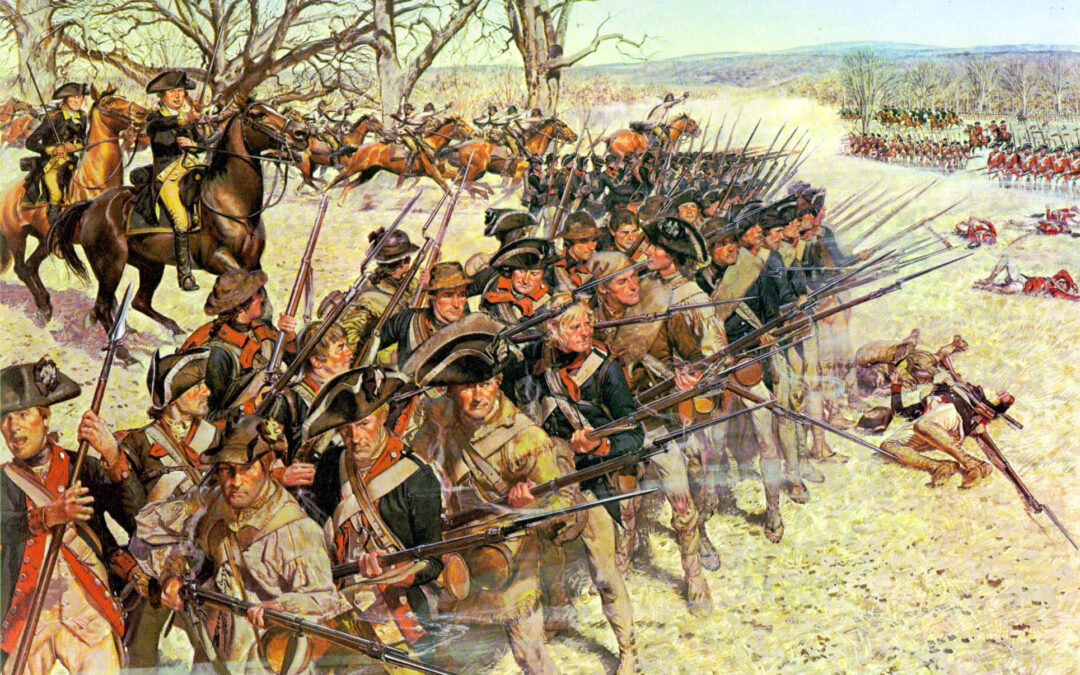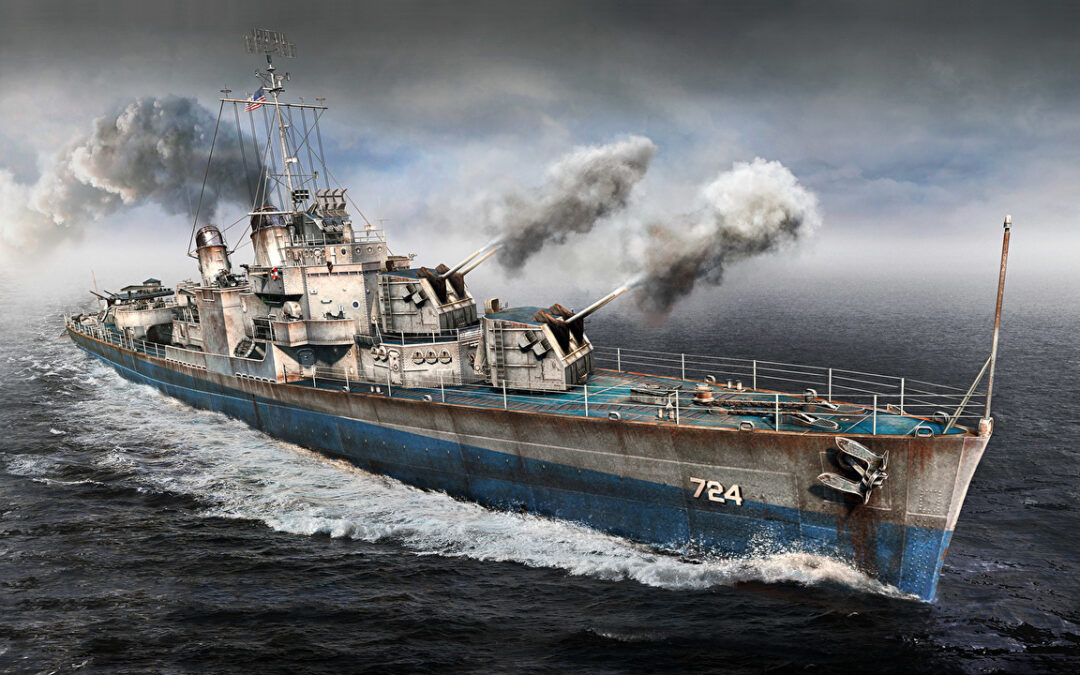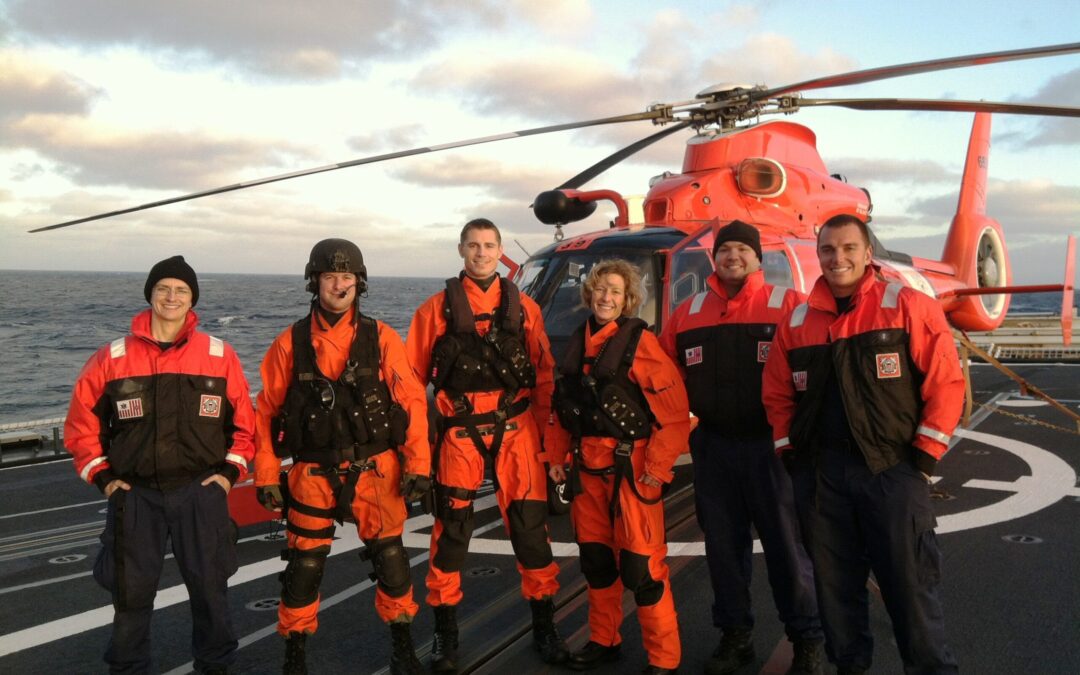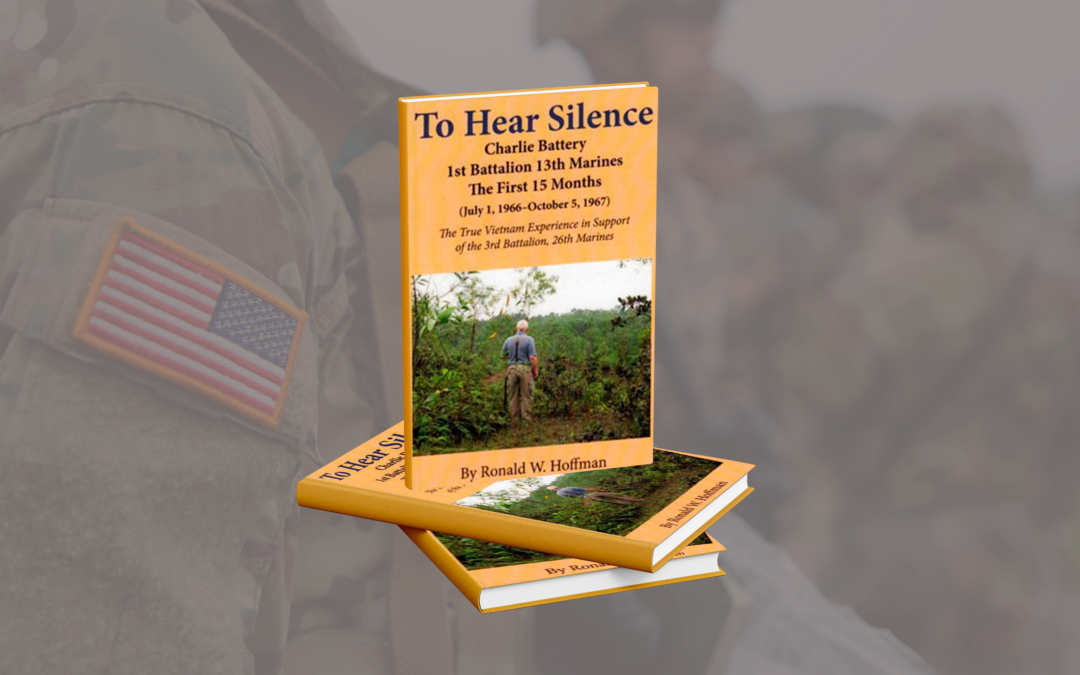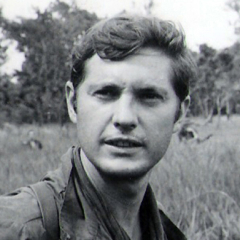Nick Adams, who served in the US Coast Guard between 1952 and 1954, came from humble beginnings to try and make a Hollywood star of himself. Cohort of James Dean and Elvis Presley, Adams also came to an unfortunate end chasing their caliber of fame. Nevertheless, he was a dutiful member of the Coast Guard during the Korean War and following. Nick Adams Chases Hollywood Dreams Nick Adams was born Nicholas Aloysius Adamshock in 1931 in Nanticoke, Pennsylvania, a company town for coal mining....

